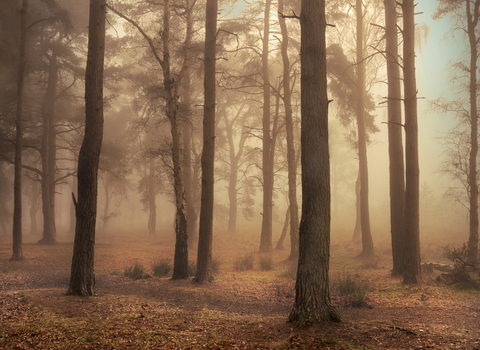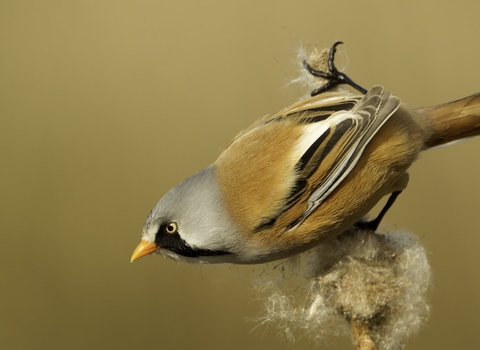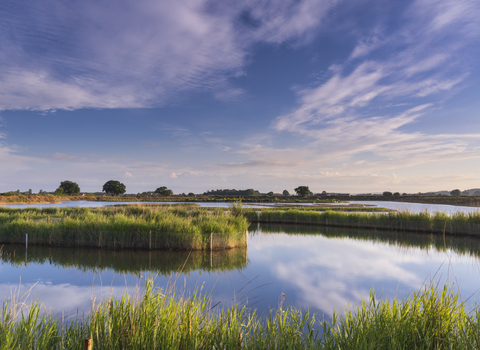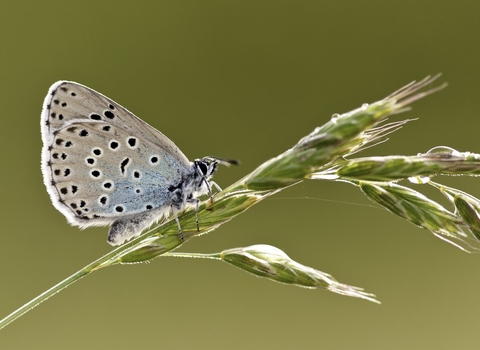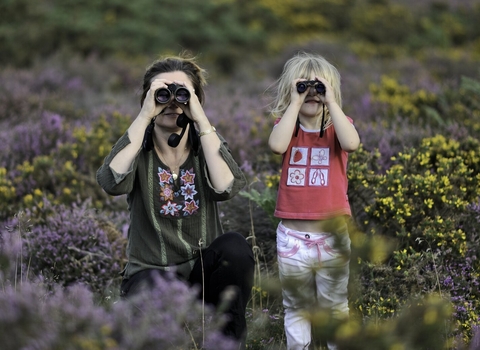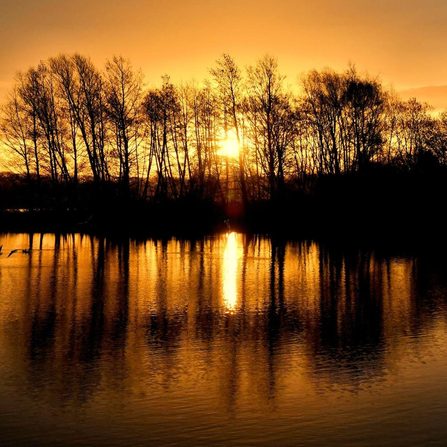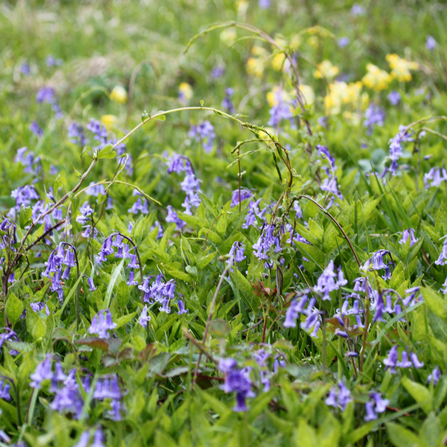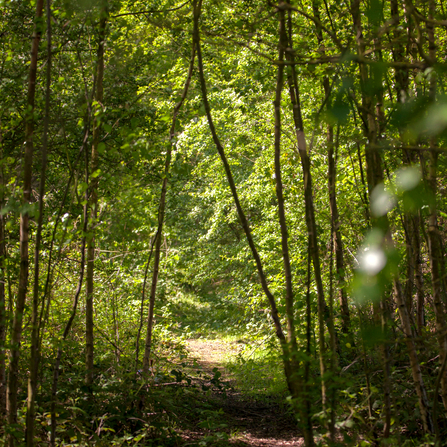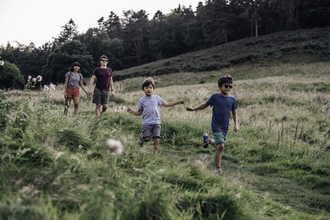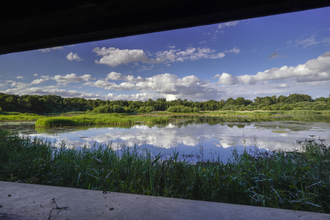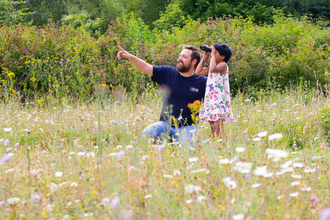Find your new favourite reserve
With over 100 Yorkshire Wildlife Trust nature reserves throughout the county it can be difficult to know where to get started.
To help we've put together a list of our top reserves for birding, accessibility, families, wildflowers and butterflies.
Read on to discover your new favourite place to enjoy nature.
Yorkshire's best birding hot-spots
Remember, always watch from a distance to avoid disturbing birds or their nests.
North Yorkshire
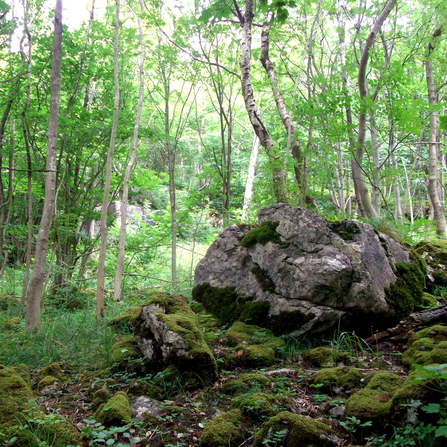
(C) Jono Leadley
Grass Wood
Migrant songbirds arrive in spring, joining resident species in a gorgeous dawn chorus.
Look for the handsome pied flycatcher, the redstart with its fiery orange tail, and our largest woodpecker species, the green woodpecker.
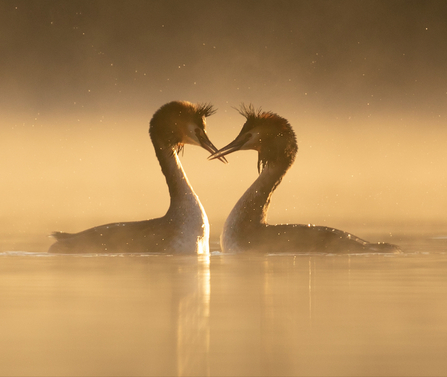
Great crested grebe - (C) Jon Hawkins Surrey Hills Photography
Bolton-on-Swale
A wetland haven and stop-off for migrating species. Various ducks winter here, including wigeon, goldeneye, pochard, tufted duck, teal and shoveler.
Arctic and black terns can be seen in spring, while autumn brings green sandpipers, greenshanks, and ruffs.
East Yorkshire
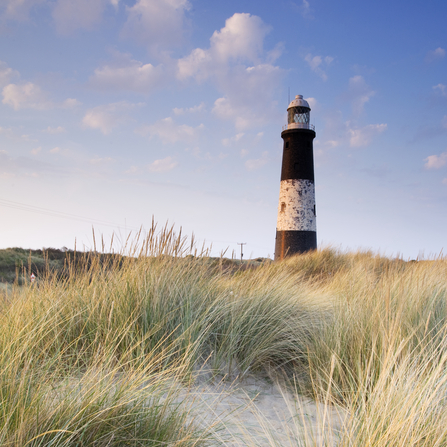
(C) VisitBritain Lee Beel
Spurn nature reserve
Winter visitors including sanderling and grey plover join curlew, redshank and dunlin, not to mention knot, which form mesmerising, swirling flocks.
Rarities have included two-barred greenish warbler, Siberian accentor, Pallas’s warbler and red-flanked bluetail.
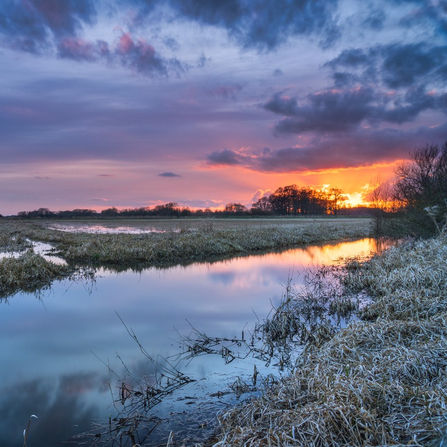
(C) John Potter
Wheldrake Ings
Winter flooding attracts colossal numbers of ducks, geese, swans, gulls and waders, including smew, scaup, and even American wigeon.
There are three hides where you can watch for elusive species like spotted crake and water rail, and willow tits.
South Yorkshire
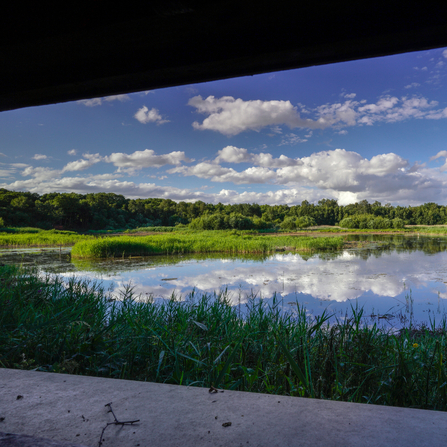
(C) John Potter
Potteric Carr
There’s an incredible number and variety of birds: wildfowl, warblers, waders, woodpeckers, willow tits… and frequent surprises during spring and autumn migration.
Pay us a visit late in the afternoon on a winter’s day to see the incredible starling murmuration.
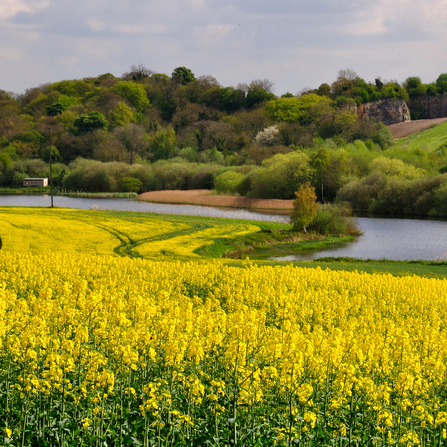
(C) Mark Kelly
Sprotbrough Flash
Visit in spring for wetlands bustling with breeding birds; great crested grebe displays are spectacular!
Kingfishers are spotted in summer while autumn and winter bring woodpeckers, and the occasional bittern.
West Yorkshire
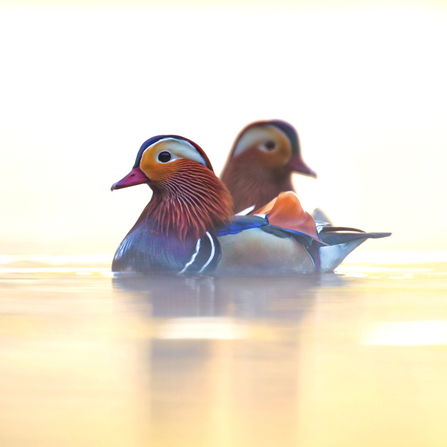
Mandarin duck - (C) Jon Hawkins
Adel Dam
Breeding kingfishers are the star species here, but the lake also hosts exotic-looking mandarin ducks and tufted ducks.
Woodland birds include great and lesser spotted woodpeckers, nuthatches, finches and tits, while red kites and sparrowhawks fly over.
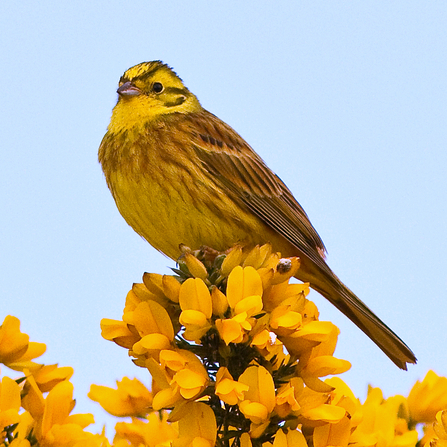
Yellowhammer (C) Harry Hogg
Ledston Luck
Keep your eyes peeled for willow tits and green woodpeckers and listen for the distinctive calls of breeding blackcaps and yellowhammers.
There are herons, coots and moorhens on the lake, while little egrets sometimes fly over.
Our topmost accessible nature reserves
We’ve picked out some of the best sites in each region for wildlife lovers with disabilities to connect with nature.
At all these places you’ll find flat, level paths that are suitable for standard wheelchairs, with nearby parking.
At some, there are also designed disabled parking spaces, accessible toilets and hides with wheelchair access.
Remember:
• Please use your own judgement about what is safe and suitable for you
• Bring your Radar key to make use of accessible gates
North Yorkshire
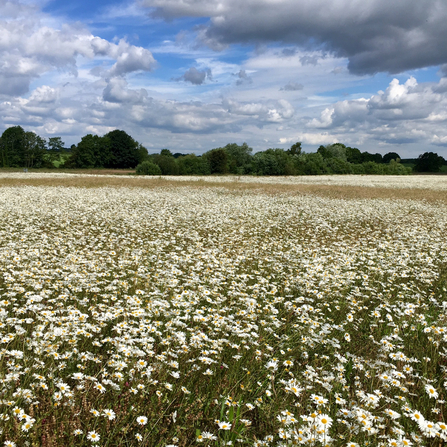
Staveley
This gorgeous wetland reserve is home to otters, sand martins, waders, deer and more! Staveley is mostly flat with a network of accessible paths. Three of the five hides are fully accessible.
Disabled parking (Radar key access) is available off Main Street, from the track by the church.
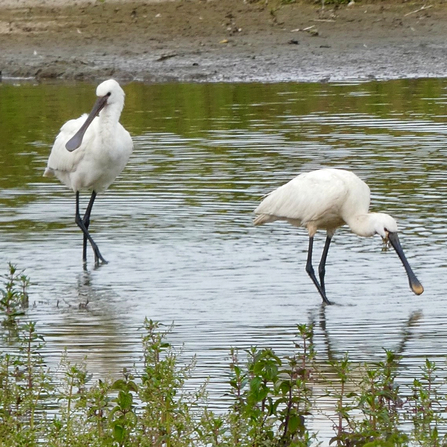
Spoonbill - (C) Judith Henley
Filey Dams
As the last remaining freshwater marsh in the area, Filey Dams is a magnet for migratory birds, newts and bats. There’s wheelchair access to the main hide and the pond dipping platform, although assistance may be needed to open the viewing flaps, and the car park is surfaced.
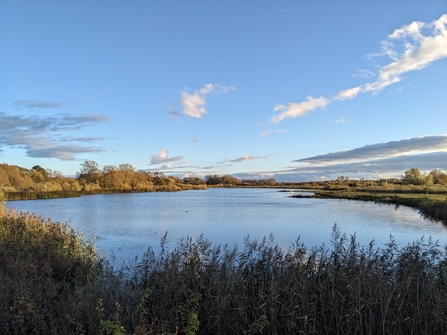
Ripon City Wetlands
This modern wetland reserve already attracts swathes of wildfowl and waders, including tufted ducks and teals, and is famous for its incredible starling murmurations in the winter. There’s a designated disabled parking area accessed through a Radar key gate close to the Riverside Lagoon screen, which has a viewing space for wheelchairs and is close to where the starlings murmurate. Do bring binoculars to get the best view of birds across the lake.
East Yorkshire
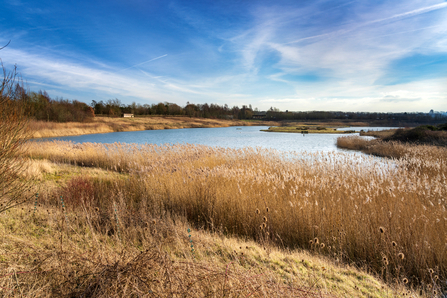
(C) John Potter
North Cave Wetlands
This wild wetland is positively dripping with wildlife, from nationally significant numbers of avocets to wildfowl and warblers. A surfaced, accessible footpath goes around part of this wetland bird paradise and all the hides except Turret are accessible, giving excellent views of spring waders and winter wildfowl.
The car park on Dryham Lane has two accessible spaces and there are accessible toilets at the entrance.
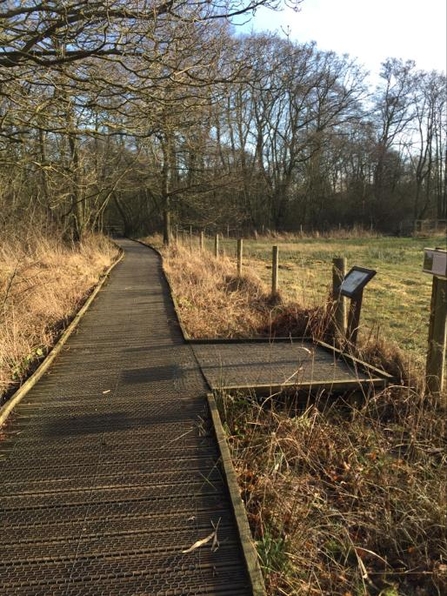
Passing place on boardwalk at Askham Bog
Askham Bog
David Attenborough called Askham Bog a 'cathedral of nature conservation' when he visited in 2016! Access from the compacted gravel car park is via a slightly sloped dirt path. A short boardwalk circles this ancient fenland, but take care in wet weather as it can be slippy. The reserve is also right next to the York Askham Bar park and ride.
South Yorkshire

(C) John Potter
Potteric Carr
Over 230 bird species, 28 butterfly species, mammals, moths and butterflies - Potteric Carr has it all! You’ll find an accessible route signposted on this spectacular wetland reserve and most hides are accessible, giving excellent view of the lakes.
There’s a café and accessible toilets in our visitor centre, as well as disabled parking, and a Tramper mobility scooter is available to hire.
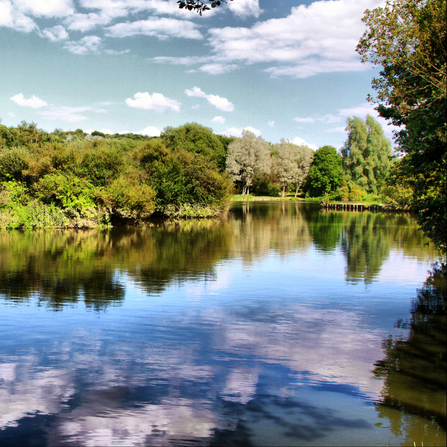
(C) Norman Hearne
Dearne Valley Country Park
Ancient Cliffe Wood is filled with bluebells in spring and fungi in autumn, and the river Dearne at the centre of the reserve is fantastic for seeing kingfishers, frogs and toads galore!
Most paths are flat and tarmacked or surfaced. Use the main car park for accessible access.

(C) Mark Kelly
Sprotbrough Flash
The winding, picturesque Don is a wetland wildlife haven - spot great crested grebes, kingfishers, and the elusive bittern. The riverside towpath along the Don is flat and level, and there are two wheelchair accessible hides.
West Yorkshire
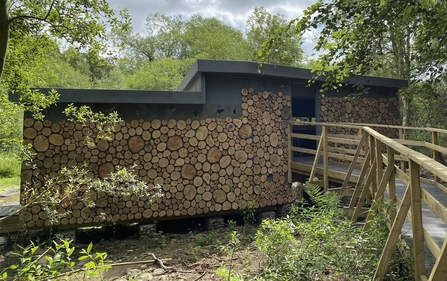
(C) Emma Lusby
Adel Dam
Breeding kingfishers are the stars here, but exotic-looking mandarin ducks and tufted ducks show off too. Follow the level path as far as the first hide, which is wheelchair accessible with a great view of the feeding station. Park at Golden Acre Car Park (tarmac with disabled parking)
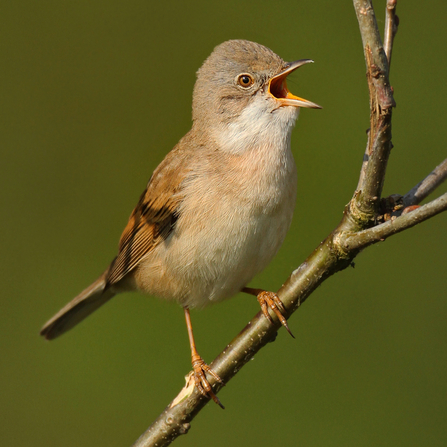
Whitethroat - (C) Jon Hawkins.
Rothwell Country Park
A peaceful, family-friendly reserve where meadows brim with wildflowers and butterflies, and woodlands burst with birds, fungi and the occasional hedgehog. There's a good network of accessible tracks, although it’s quite hilly so best tackled with a mobility scooter or powered wheelchair.
Take extra care in wet weather. Roadside parking is on Bullough Lane.
Our best reserves for wildflowers and butterflies
As much as we love wildflowers, butterflies love them even more, and discovering a meadow full of colourful flowers usually means finding a thriving population of insects, not least a variety of delightful butterflies. From the tiny skippers to big, striking butterflies like the peacock and red admiral, these beauties come in a range of shapes, sizes and colours.
You can enjoy gorgeous displays of wildflowers at many of our reserves in spring and summer, but here are a few tips to get you started.
North Yorkshire
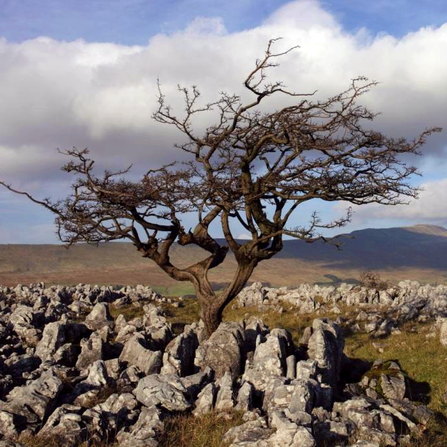
(C) Tim Chapman
Southerscales
Early purple orchids and primroses bring beautiful spring colour to this impressive Ingleborough reserve. In summer, wild thyme and fragrant orchids in the grassland attract butterflies such as the dark green fritillary. In autumn, you might spot a painted lady.
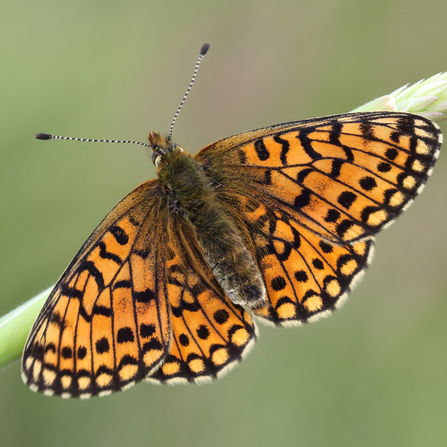
(C) Vaughn Matthews
Fen Bog
This upland landscape with stunning views and terrific wildlife is home to chickweed wintergreen, also known as Arctic starflower, in the upper areas.
In early summer, butterflies include small pearl-bordered fritillary, dark green fritillary and large heath.
East Yorkshire
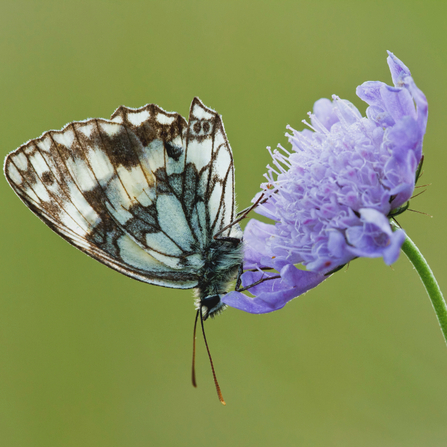
Marbled White - (C) Guy Edwardes2020VISION
Kiplingcotes
Late spring and early summer bring a dazzling array of colour: pyramidal, twayblade and common spotted orchids, common and greater knapweed, field scabious, harebell and lady’s bedstraw.
Marbled whites, dingy skippers, gatekeepers and brimstones flutter through this blaze of colour.
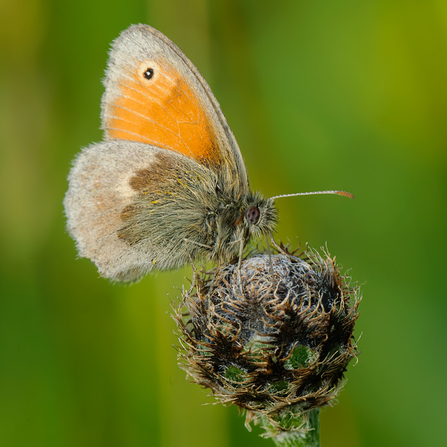
Small heath butterfly - (C) John Bridges
Wharram Quarry
The glorious wildflower display includes the yellows of cowslip, rough hawkbit, mouse-ear hawkweed and bird’s-foot trefoil; purple wild thyme and clustered bellflower; pink restharrow and blue common milkwort.
These entice marbled whites, dingy skippers and small heaths.
South Yorkshire
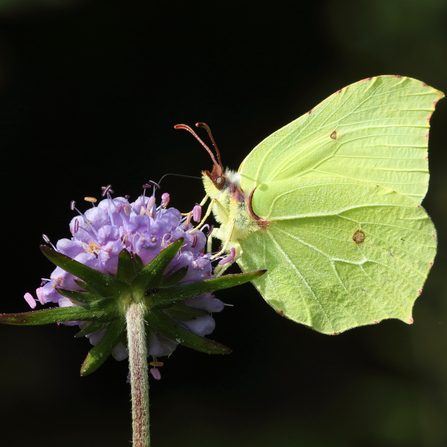
Brimstone butterfly - (C) Vaughn Matthews
Maltby Low Common
With three types of grassland close together, early summer at Maltby Low Common is paradise for insects and botanists.
Over 400 insect species have been recorded, including dark green fritillaries, brimstones and orange-tips, while plants range from grass-of-Parnassus to meadow thistle.
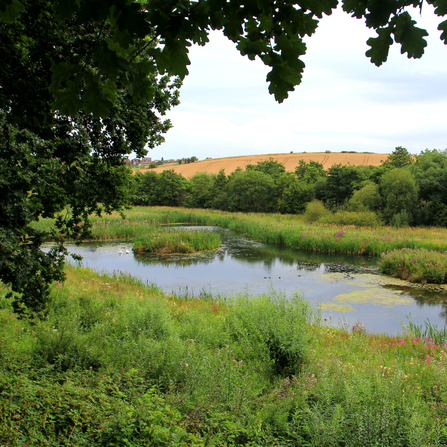
(C) Jim Horsfall
Carlton Marsh
On warm summer days, look out for the delightful little purple hairstreak butterfly.
Small skipper and small heath are just two of the other species found here and wildflowers include field scabious, devil’s-bit scabious, weld, yellow archangel and ox-eye daisy.
West Yorkshire
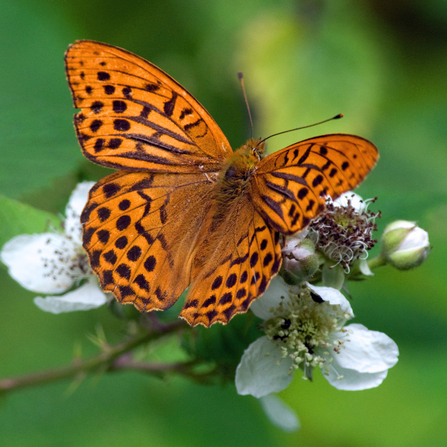
Silver-washed fritillary - (C) Don Sutherland
Brockadale
Discover the treasures of this rare grassland habitat, such as bee orchids, clustered bellflowers and hellibores, along with daphne, purple milk vetch and spring cinquefoil.
The abundant wildflowers attract marbled whites, dark green fritillaries and silver-washed fritillaries.
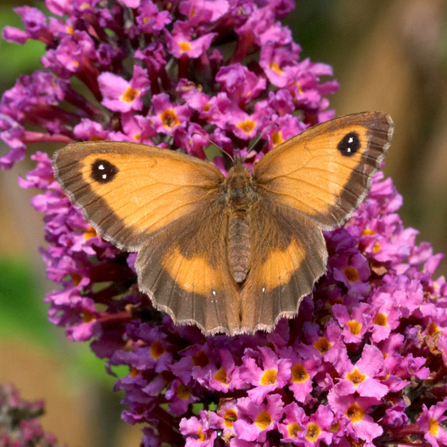
Gatekeeper butterfly - (C) Jon Dunkelman
Townclose Hills
The magnesian limestone becomes a sea of wildflower colours in the summer: bluebells give way to wild anemones, yellow archangels, orchids and others.
This encourages huge numbers of butterflies, including marbled whites, dark green fritillaries and gatekeepers.
Our top reserves for families
Whether you want to take little ones for a buggy ride or a toddle in beautiful surroundings, find space for the kids to run and play, or just to get out of the house for some fresh air, we’ve got you covered with these recommendations for our top family-friendly reserves.
North Yorkshire

Staveley
With accessible paths and four bird hides there are lots of great opportunities to absorb yourself in nature and wonder at the incredible number of birds that Staveley hosts.
How many kinds of warbler can you see and hear?
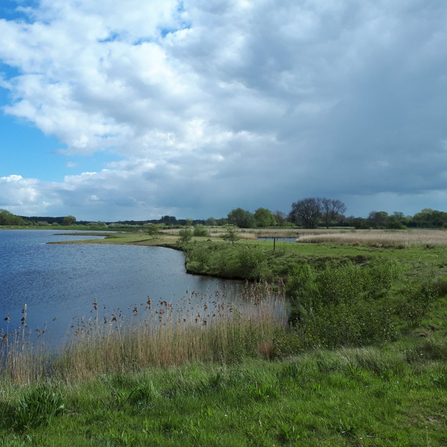
Ripon City Wetlands
This modern wetland reserve has a sensory trail, interactive information hut and an audio station, where you can listen to bird calls and hear about the reserve’s wildlife.
We recommend taking binoculars for the best views of wildlife across the lagoon.
East Yorkshire
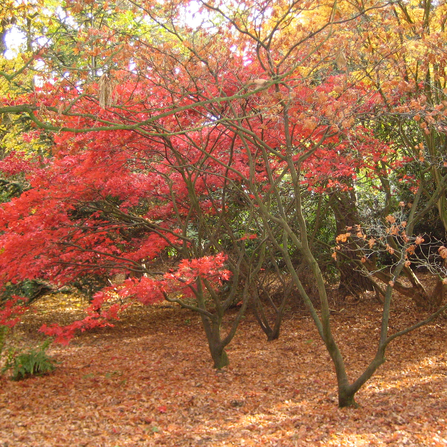
(C) Clare Usher
Moorlands
A charming little woodland, with majestic old trees, and colourful spring flowers.
Discover a nature trail, pond-dipping, wooden sculptures, and an irresistible tree house.
Look carefully for bat boxes hidden in the trees and for autumn fungi.
North Cave Wetlands
Get close to nature with five hides perfectly positioned to look for avocets, sand martins and black-headed gulls.
You might spot a grass snake, stoats or even an otter!
Enjoy all year round from summer butterflies to winter wildfowl.
South Yorkshire

(C) John Potter
Potteric Carr
This huge, diverse wildlife wonderland has something for everyone.
Discover the story trail, try some pond-dipping and finish with a drink and treat at the visitor centre.
Potteric Carr also has a brilliant events programme for all ages.

(C) Mark Kelly
Sprotbrough Flash
Enjoy all year round, but it’s at its best in spring and early summer when the wildflowers are blooming, insects are buzzing, and the wetlands are bustling with breeding birds.
There’s also one of the best views in South Yorkshire!
West Yorkshire
Hetchell Woods
A wild woodland wonderland where childhood memories are made, with adventures to enjoy and wildlife to discover all year round.
A circular walk includes towering rocky crags, secret pools and spectacular views. Perfect for a picnic!
Rothwell Country Park
Transformed from a post-industrial wasteland, this family-friendly reserve has woodland, ponds and grassland.
Hedgehogs, rabbits and bats, along with red and fallow deer, live in the woods, and you can explore a sculpture trail and pond trail.

